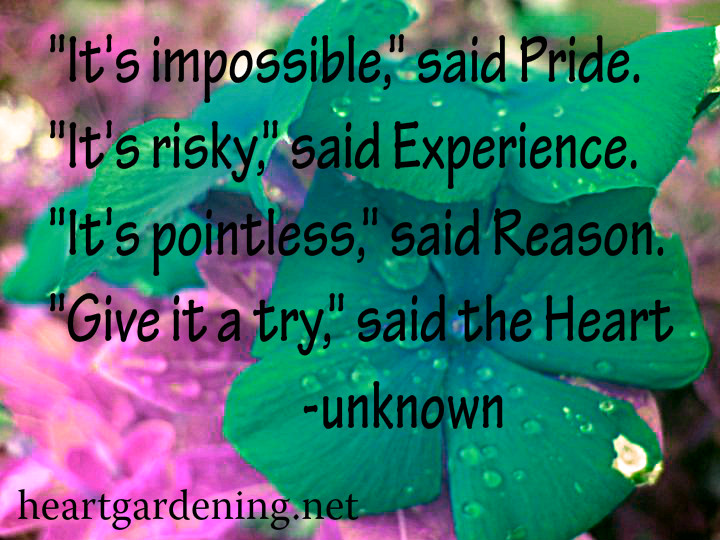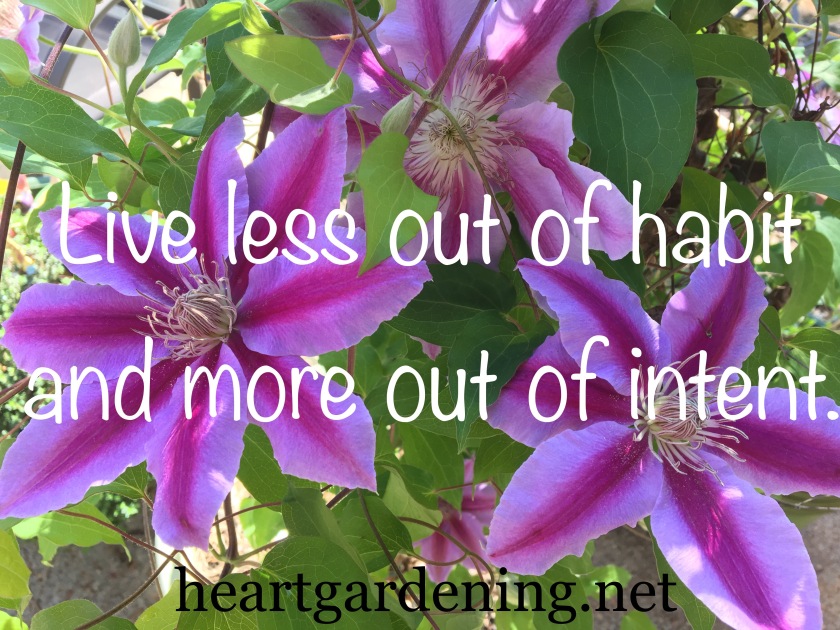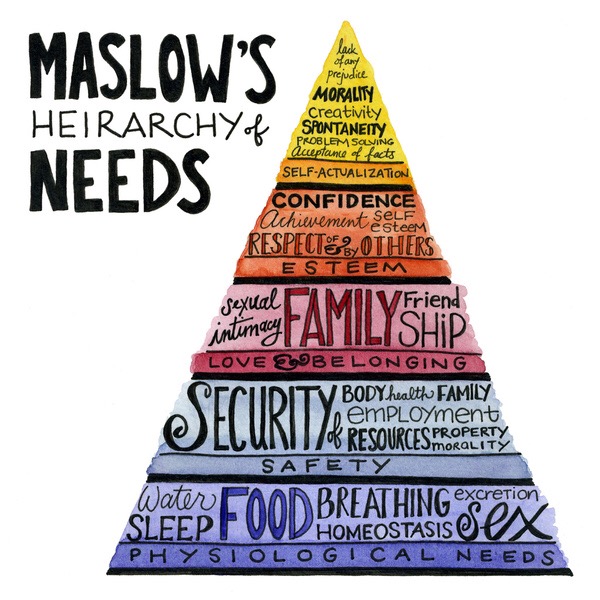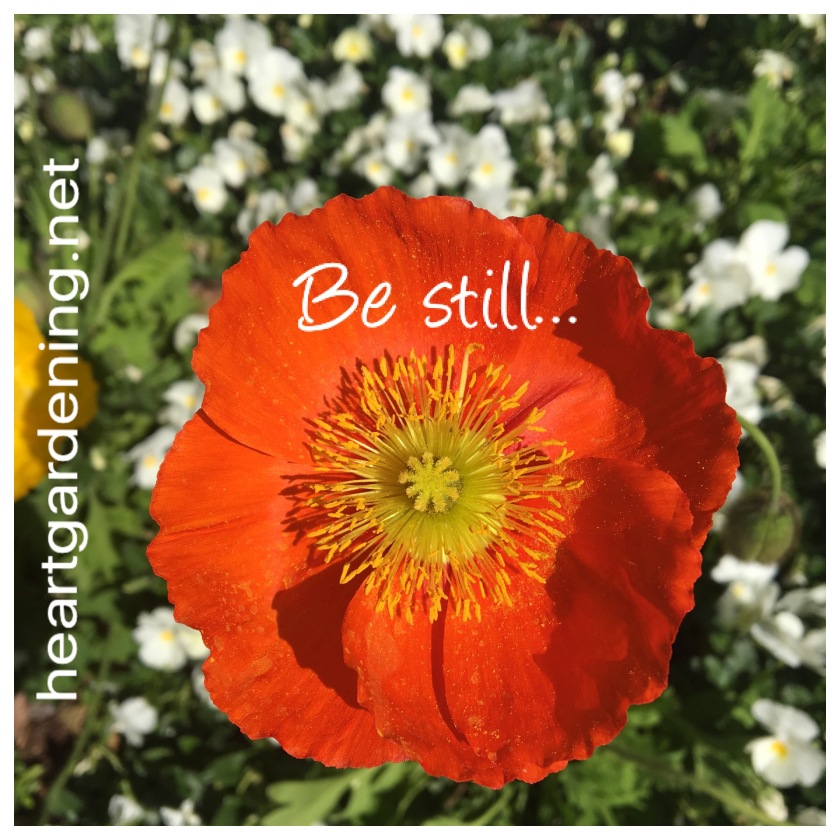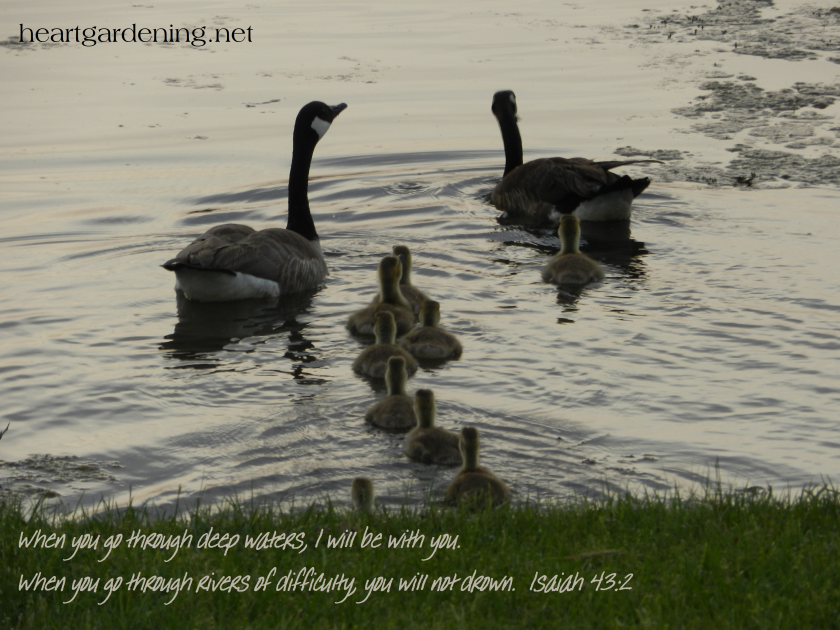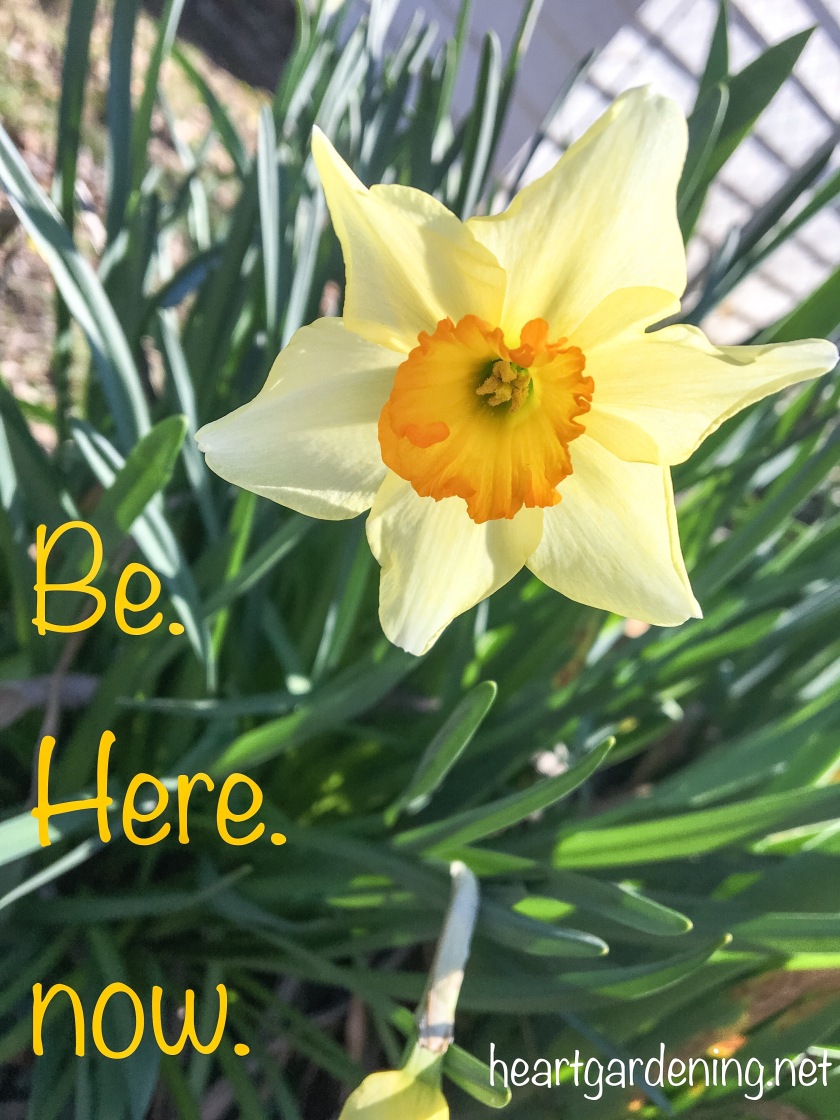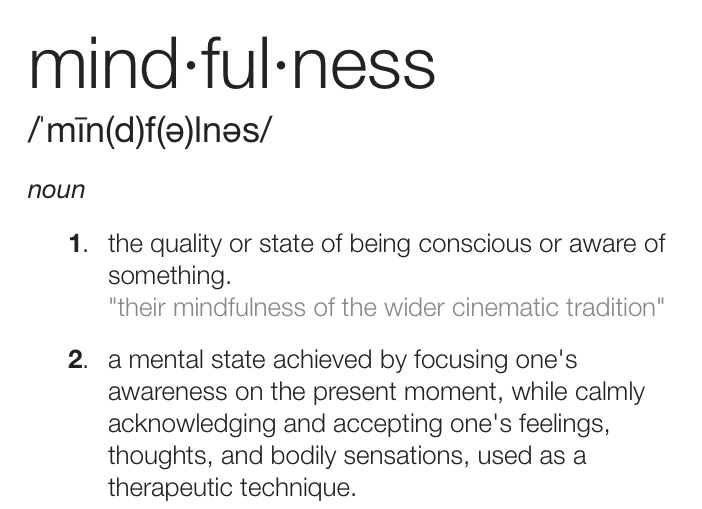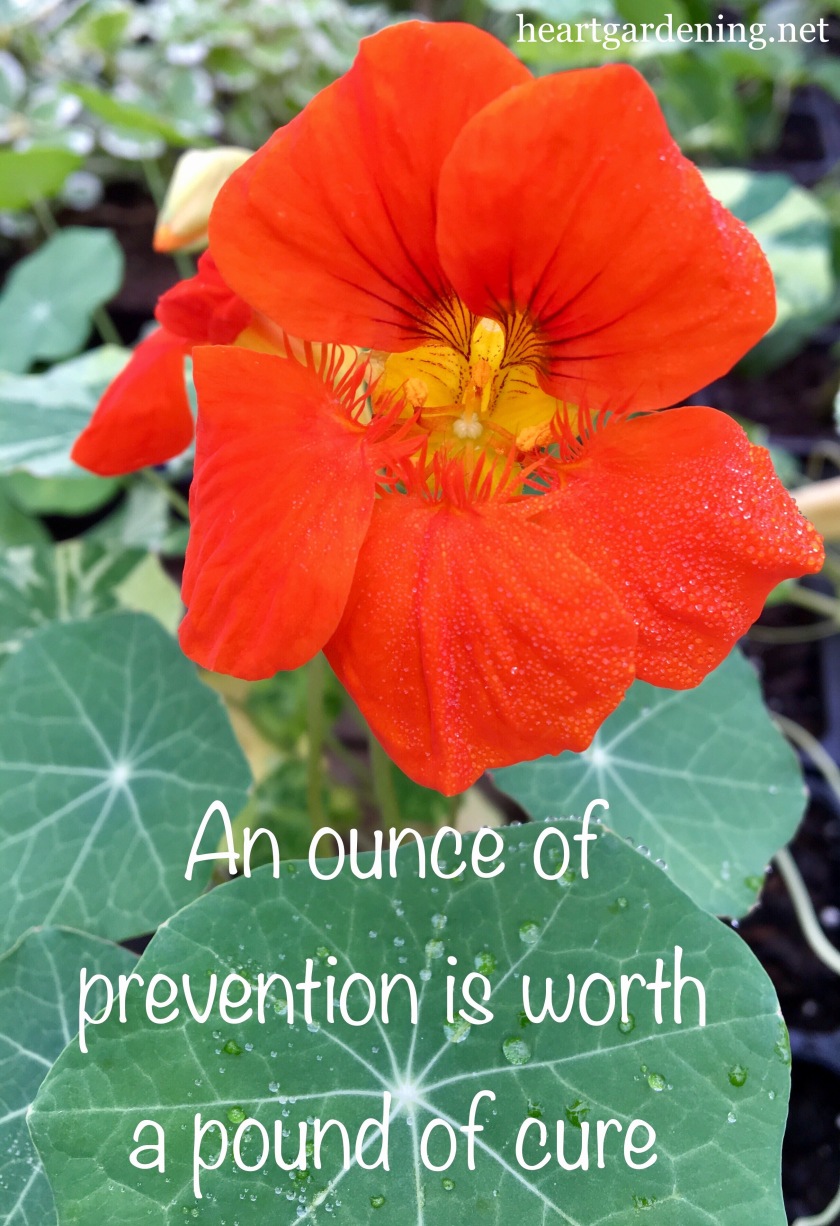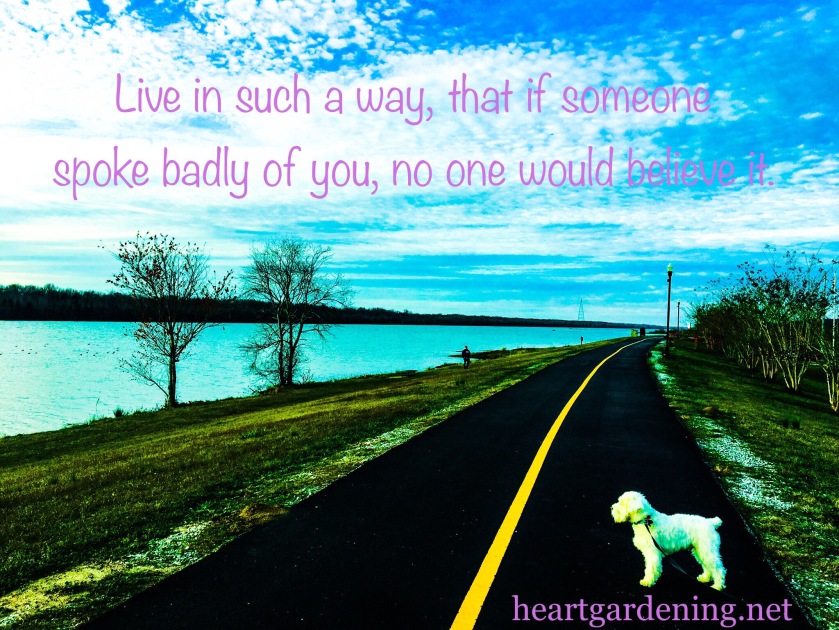
When we think of our mind, body and spirit as gardens that need tending, one important part of keeping everything living and growing healthfully is to keep out pests.
In the garden, I would spray pesticide around and on a beloved camellia tree to keep it healthy and pest free. A similar strategy is used when we consider creating boundaries with “pests” in our lives. If these pests are allowed to have free reign in our heart’s garden, we will never be able to live and grow to be our best selves. We will constantly have issues with our overall health as a result of having no boundaries.
We sometimes have a spider problem in our home and we spray the exterior thresholds so that they will stay outside and not make it inside. This threshold line of spray is a boundary that keeps our family safe.
Boundaries are not for others, they are for us!
Boundaries with people work in the same way. They are invisible at times just as the pesticide spray, so those boundaries require verbal reinforcement. If those boundaries are not respected, then a less permeable boundary needs to be in place to keep the toxic behavior at a safe distance.
Setting up and enforcing healthy boundaries with people is one of the best self-care techniques out there.
Toxic people will often test our boundaries or disregard our boundaries. They may cut off contact with us once the boundary is consistently enforced. Be aware that often, once a toxic person loses control of us due to our new, healthy boundaries they may resort to character assassination or try to influence the way other people see us.
If we are living with authenticity, grace, and kindness toward others, we carry the antidote for this toxic behavior.
An article I read today, mentioned how toxic people are “always the victim” so be prepared for them to manipulate people and situations you have in common to make others view them as the victim and you as the problem.
Don’t be afraid of the consequences of limiting a toxic person’s access to your life. This can be hard for many people-pleasers, especially when the toxic person is a close friend or relative. I speak from experience, as a recovering people-pleaser, that my fear has come from not wanting to hurt anyone even if they are hurting me.
Almost two years ago I set up a new boundary with a family member. At the time, I didn’t even realize I had that courage in me, but it has turned out to be the best learning experience for how to stand up for myself and teach others that they can be a kind, loving person while protecting themselves from toxic people.
We have to be kind and loving to ourselves before we can truly be kind and loving to anyone else.
While this separation from someone I have known my entire life who shares my genetic code and family history has been difficult at times, the surprising part of the silence that has ensued between us is that it has brought so much peace into my life. I didn’t realize until I put on my boundary earplugs how much static our relationship brought into my life.
It’s a tricky thing learning to love a toxic person and their family from behind your boundary.
At times, I have questioned how is this possible since my primary love language is words of affirmation. How can I show love to someone with whom I have chosen to severely limit communication?
I imagine I would be in a similar circumstance if my primary love language was physical touch and she had been physically abusive to me. It would be clear that I should have certain physical boundaries in place so that I could protect myself, right?
When words and manipulation are the weapons a toxic person uses to inflict harm, where should boundary lines be drawn?
When, if ever, should they be relaxed? Does this mean I will never hear her voice again?
These are all thoughts that make my stomach turn sometimes as they are sad and anxiety-ridden. It hurts to have to push someone away for self-preservation when there is love there. The relationship dynamics may be dysfunctional or twisted, but there is attachment, history, and emotion to consider.
I had never disconnected from anyone in this way before and while I grieve the relationship, I also have felt free from its chains.
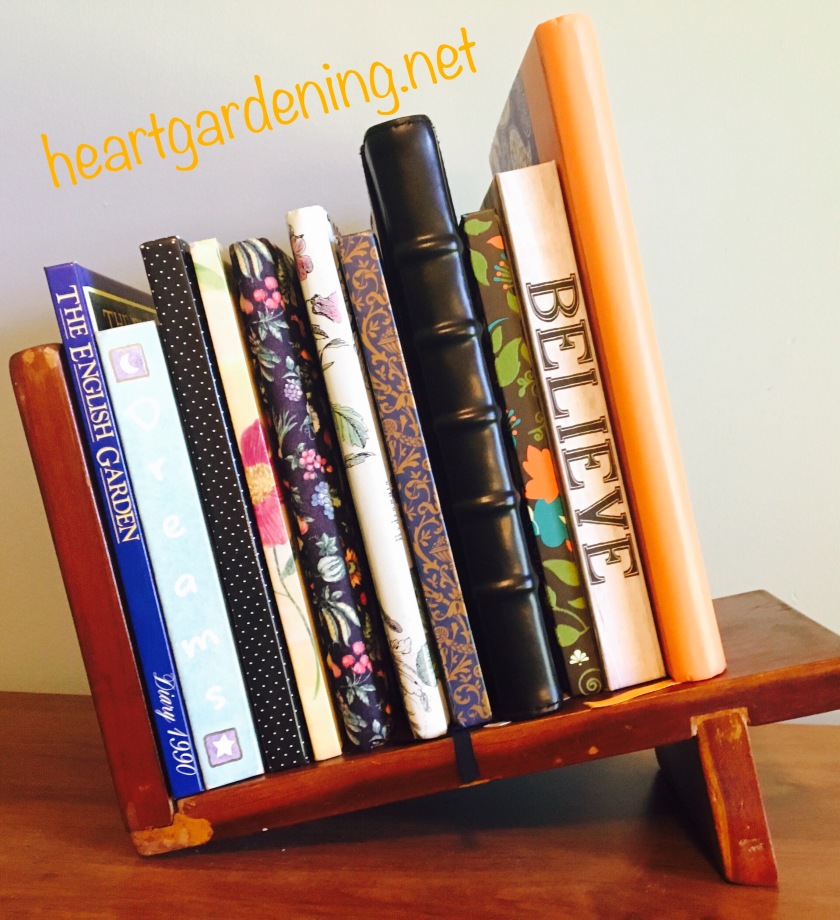 Isn’t it amazing when you are able to look back on something and see it in perfect clarity versus when you are dealing with something difficult right in front of you and it’s clear as mud?
Isn’t it amazing when you are able to look back on something and see it in perfect clarity versus when you are dealing with something difficult right in front of you and it’s clear as mud? 